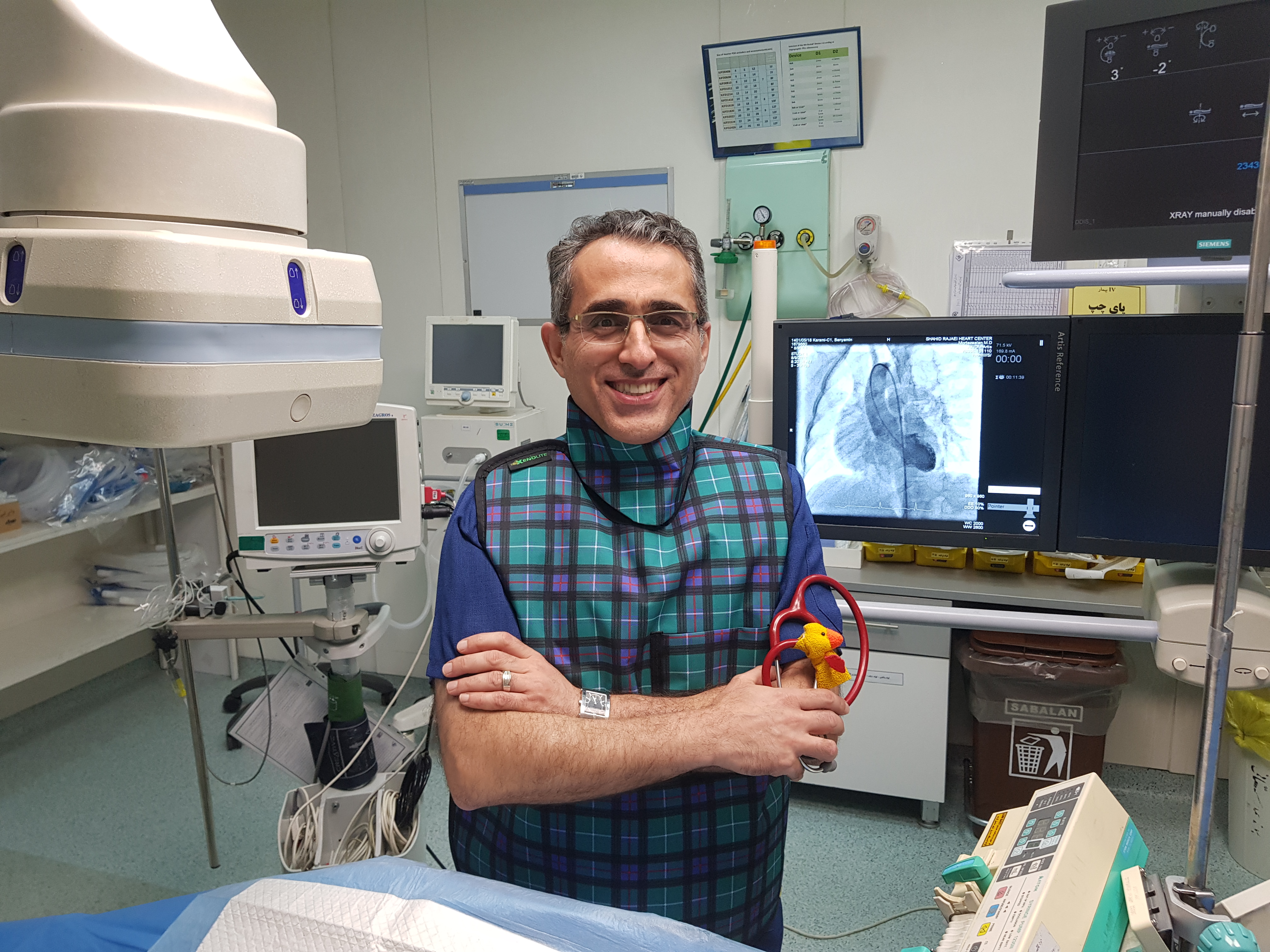| نویسندگان | 8. Vesal, A.- Moradian, M.- Ghasemnezhad, M.- Tabib, A.- Rashidi Ghader, F.- Meraji, S.- Jafari, F.- Ghaemi, H.- Heidari, S.- Barouti, S.- Mohammadi, S |
|---|---|
| نشریه | Iranian Heart Journal |
| شماره صفحات | 74-84 |
| شماره سریال | 1 |
| شماره مجلد | 23 |
| نوع مقاله | Original Research |
| تاریخ انتشار | 2022-10-20 |
| رتبه نشریه | ISI |
| نوع نشریه | چاپی |
| کشور محل چاپ | ایران |
چکیده مقاله
ABSTRACT
Background: Transcatheter closure of atrial septal defects (ASDs) is considered an alternative technique to surgery, and appropriate device size selection is essential to an effective procedure. We aimed to compare 2D transesophageal echocardiography (TEE), transthoracic echocardiography (TTE), and balloon sizing methods for device size selection in pediatric patients undergoing ASD transcatheter closure and to establish an accurate and simple procedure for device size selection.
Methods: This cross-sectional study was performed on pediatric patients for 8 months in Tehran, Iran. Device size was identified by balloon sizing, 2D TEE, and TTE.
Results: This study enrolled 39 children (64.1% female, average age= 7.1±3.1 y) who underwent successful ASD transcatheter closure. The mean defect size by balloon-stretched diameter measurement was significantly greater than the ASD size measured by 2D TEE and TTE. There was a strong, highly significant positive correlation (P<0.001) between the device waist size and different ASD diameters measured by 2D TEE, TTE, and balloon sizing. A good linear association was found between the ASD size measured by device waist size and 2D TEE (device waist size= 0.99×TEE-derived defect size+1.678; P<0.001) as well as TTE (device waist size= 1.01×TTE-derived defect size+1.17; P<0.001), respectively.
Conclusions: In this study, TEE and TTE-derived defect sizes were significantly associated with the device waist size. Additionally, the equations generated herein may provide a reliable and good prediction for appropriate device size
متن کامل مقاله
لینک دانلود فایل




 منشی 1
منشی 1

 آپارات
آپارات


 سروش
سروش